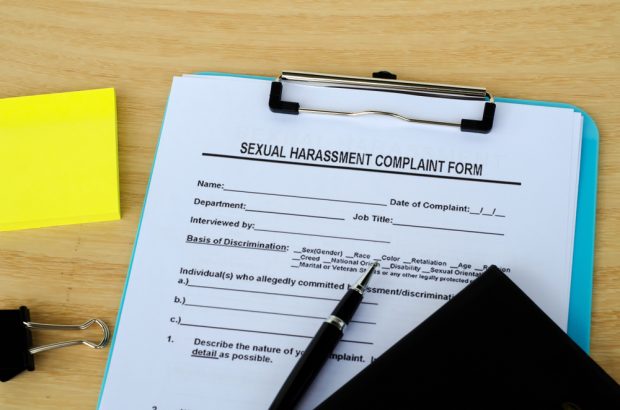In the wake of the #MeToo movement, sexual misconduct and harassment is at the forefront of national conversation as it never has been before. Sexual harassment claims have exploded in the past year, demonstrating that employers need to be more vigilant than ever when it comes to addressing issues of harassment in the workplace. The Equal Employment Opportunity Commission, the agency responsible for enforcing federal anti-discrimination laws, saw a 12% increase in the number of sexual harassment charges filed in fiscal year 2018, the first substantial increase in five years. The EEOC recovered $70 million for sexual harassment complainants, $22 million more than in 2017. These statistics, coupled with the news of sexual harassment allegations within high-profile organizations, are a constant reminder that sexual harassment remains a challenge for employees and employers in every industry. Every credit union should use the current heightened awareness to reinforce its commitment to preventing sexual harassment in the workplace, and reexamine current policies and procedures to ensure they provide effective means of encouraging reporting and resolution of sexual harassment allegations. Having appropriate preventive and corrective mechanisms that respond promptly and effectively to end harassment, and provide reasonable assurance it will not recur, can significantly reduce potential liability and mitigate risk.
When Is the Last Time You Reviewed Your ‘No-Harassment’ Policy?
Be certain your no-harassment policy very plainly informs employees that harassment is prohibited, and update the policy to include all the categories protected both by federal law as well as the law of states and localities where your credit union has employees. The policy should include examples of prohibited conduct that take into account the use of new technologies, like social media and communication apps, and state that it applies to harassment by employees, as well as members, vendors and other third parties. The policy should apply not just to conduct in the workplace, but also to activities connected with the workplace, such as travel, conferences, work-related social gatherings and interactions at a business member’s work site. Your no-harassment policy should also encourage complaints, identify multiple avenues for employees to report concerns if they feel the policy was violated, establish penalties for violators and prohibit retaliation against employees who report concerns. Policies should be communicated clearly and must be accessible to all employees. For example, employers can use the policy as a point of emphasis in any new hire orientation, post it in open and obvious locations, and redistribute it annually to all employees.


 Sexual harassment complaint form
Sexual harassment complaint form




